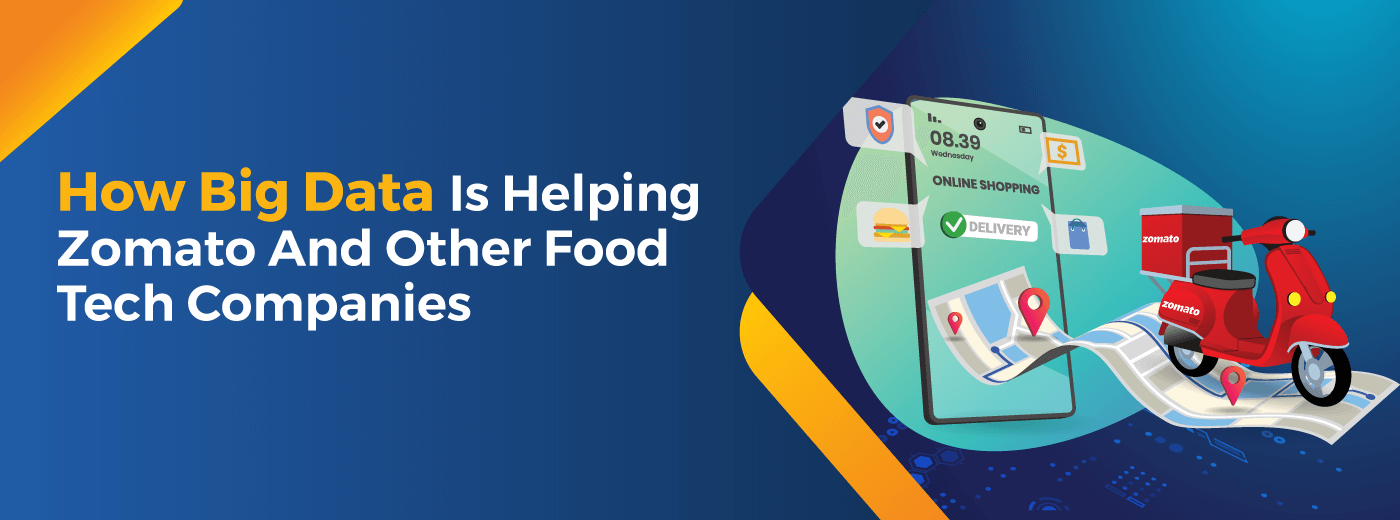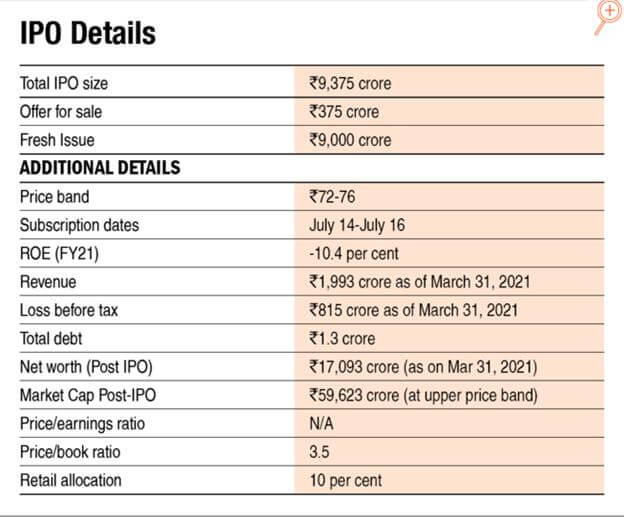
Sign up to receive latest insights & updates in technology, AI & data analytics, data science, & innovations from Polestar Analytics.
A research firm stated that the online food delivery market in India is expected to hit $4 billion. Back in the 2010s, home delivery of food only meant calling up the restaurant and order. It used to start with, "Hello? Haan Bhaiya, likh lo – "Ek Matar Paneer, doo butter Naan, Aur Ek biryani." But it always ended with a confused and mixed order, even on the third try. But finally, the revolution of online food delivery comes in to ditch the hostel "Mess ka Aloo Kanda."
As the online food ordering trend is becoming more and more prominent in India, food delivery platforms such as Zomato, Swiggy, UberEats, etc. are growing their user base exponentially. It can be witnessed that food delivery has grown into a multibillion-dollar sector worldwide, employing millions of people.
With technological advancement, we see that the food industry is adopting big data analytics effectively to provide better services and stay competitive. It can be observed from the fact that the food industry is making an effort to understand its customers and to discover their tastes and preferences. As numerous people avail the facility of ordering their food online, the food delivery industry is growing phenomenally with vast amounts of data generated - when a customer requests food online. The kind of food that the user orders, the time of order, the taste that the user prefers, etc. People are typically fussy about their food, and by analyzing this data, the food delivery organization can cater to an amusing experience for their customers.
Driven by this surge, India's most valuable food-tech unicorn - Zomato, is set to hit the Indian market with its much-anticipated initial public offering (IPO) this week. The proposed IPO offer comprises a fresh issue of Rs. 7,500 crores and an Offer For Sale of Rs. 750 crores. The company needs to continue to invest in three core areas for its business which include customer & user acquisition, delivery infrastructure, and technology infrastructure.

With a continuous focus on unit economics and growth. Its three businesses – food delivery, dining-out and Hyper pure, help expand and grow its offerings. The food delivery platform invests in new products and technologies and builds a strong consumer brand recognized across India.
Big Data Analytics is helping the food tech industry understand the preferences of their customers accurately. By analyzing their choices, they can now tweak their offerings to suit the taste of customers. This helped them in improving the average revenue per user.
1. Improving Menu
Having Big Data solutions at their disposal, their food delivery app can gather the customers' feedback concerning the items on the menu of numerous registered restaurants. It can then recommend the restaurants regarding the menu items that can assist the restaurants in increasing their revenues. By changing the menu items, restaurants can accelerate their operational efficiency. In this way, they can offer more promotions on popular items and generate more sales.
2. Faster Deliveries
There are numerous factors involved in the success of food-tech companies—the most distinguished being fast delivery time. If a food delivery app offers faster delivery times to its users as compared to its competitors, then it will definitely outperform its competitors. However, the process of taking freshly cooked food from restaurants and delivering it to the customers may seem simple; however, there are many difficulties that need to be tackled. Having Big Data Analytics systems at their side, they can monitor various elements such as - traffic, climate conditions, roadblocks in the route and give the shortest possible route, making sure that the food is delivered in the fastest way.
3. Analyzing Customer Sentiment
In today's world, where social media plays a crucial role in deciding the failure or success of an app, you cannot afford to neglect the customer sentiment on social media. Having Big Data technology in place, companies can gauge the inclination of the customers towards their brand. Questions like- Are your delivery boys delivering the food swiftly? Are your customers happy with the overall performance? Are your efforts paying off? You can answer all these questions after analyzing all the brand mentions across various social media handles like Twitter, Instagram, Linked In, and Facebook. Currently, the food-tech industry is driving business decisions based on this data.
The food-tech companies, with their extensive network and recognized brand image, are well-placed to take advantage of the growing demand for online food delivery and restaurant business.
Looking at the above positives, we believe that food-tech companies will keep growing their businesses, and therefore, you can invest for a listing gain in the upcoming Zomato IPO.
About Author

Content Architect
The goal is to turn data into information, and information into insights.